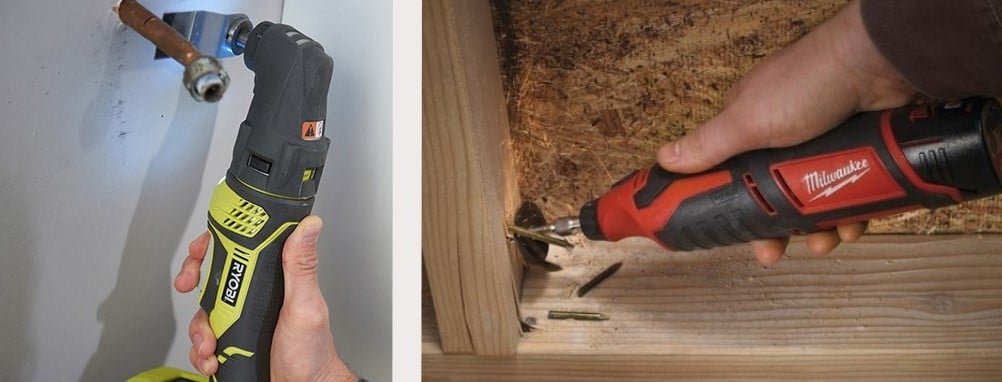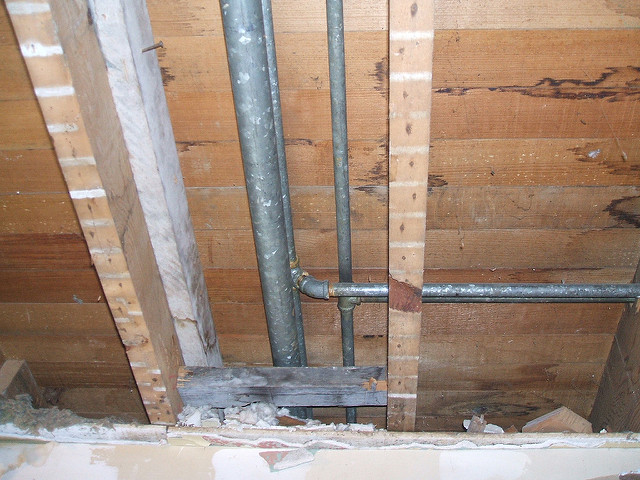Simply switch the detector on and place it against the wall. Then using a drywall saw cut along the line you just scored.

Understanding Pipe Fittings Types Of Pipe Fittings
Tool to find pipes in walls. This manual detector allows you to pre assess where pipes and live wires are located behind the wall before you start the drilling job. Most of them will tell you to practice on a section of wall or other surface where you know there to be timber pipes or cables. Simple and fastthe stud finder wall scanner can quickly locate the edges and center of metal studs pipes rebar joists behind walls floors and ceilings as well as the live ac wires. When having detected electrical cables of pipes the tool gives you visual and audio alerts. Use a utility knife to score a line about 10 inches 25 cm long into your drywall at the location where you see visible signs of a water leak mold discolored drywall etc. Combination detectors can find timber pipes and wires by changing the setting on the detector.
Blackdecker bds200 is the tool for this job. Step 2 practice using the detector on a wall where you know the location of pipes studs and wires. A magnetic stud finder detects the metal nails in the wall studs. Fast detection saves users time and efforts making the task completion easier. To use a detector read the instructions first. An electronic stud finder produces a small electrical field which changes when it reaches a denser region of the wall like the area over a stud.
In my experience plumbing is usually run directly to where its needed so if there are no pipes in the basementcrawlspace or vents going up to the attic and out your roof there are probably no. One such tool is a stud finder. Typically a combination detector will find studs pipes and wires and will make a sound or flash a light when an item is detected. Cut a hole in the wall large enough for your head to fit inside.










/large-underground-pipe-157590055-58aa3a015f9b58a3c9b74f8b.jpg)






